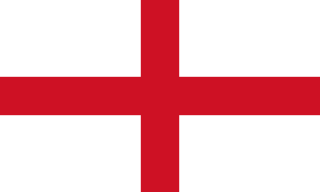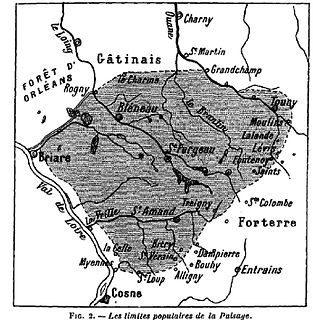 W
WThis article describes the process by which the territorial extent of metropolitan France came to be as it is since 1947. The territory of the French State is spread throughout the world. Metropolitan France is that part which is in Europe.
 W
WAquitaine, archaic Guyenne or Guienne, is a historical region of southwestern France and a former administrative region of the country. Since 1 January 2016 it has been part of the region of Nouvelle-Aquitaine. It is situated in the far southwest corner of Metropolitan France, along the Atlantic Ocean and the Pyrenees mountain range on the border with Spain. It is composed of the five departments of Dordogne, Lot-et-Garonne, Pyrénées-Atlantiques, Landes and Gironde. In the Middle Ages, Aquitaine was a kingdom and a duchy, whose boundaries fluctuated considerably.
 W
WArmorica or Aremorica is the name given in ancient times to the part of Gaul between the Seine and the Loire that includes the Brittany Peninsula, extending inland to an indeterminate point and down the Atlantic Coast.
 W
WBouriane is a natural region of France located in the department of Lot, but with a smaller part in Lot-et-Garonne. Its capital is the small town of Gourdon.
 W
WBrittany is the farthest west of the regions of Metropolitan France. It is covers about four-fifths of the territory of the historic province of Brittany. Its capital is Rennes.
 W
WCornouaille is a historical region on the west coast of Brittany in West France. The name is cognate with Cornwall in neighbouring Great Britain. This can be explained by the settlement of Cornouaille by migrant princes from Cornwall who created an independent principality founded by Rivelen Mor Marthou, and the founding of the Bishopric of Cornouaille by ancient saints from Cornwall. Celtic Britons and the settlers in Brittany spoke a common language, this language would evolve into Breton, Welsh and Cornish.
 W
WThe Fagne or la Fagne is a natural region in southern Belgium and northern France, sometimes grouped with Famenne as Fagne-Famenne. It should not be confused with the High Fens, which are further east and straddle the border of Belgium and Germany.
 W
WFagne-Famenne is a natural region in southern Belgium and northern France. It consists of The Fagne or la Fagne west of the river Meuse, and Famenne to the east. The two regions are often grouped together because they are quite similar both geographically and naturally.
 W
WFamenne is a natural region in Wallonia. Together with The Fagne or la Fagne, west of the river Meuse, it is part of the Fagne-Famenne natural region. The two regions are often grouped together because they are quite similar both geographically and naturally.
 W
WThe Moselle Valley is a region in north-eastern France, south-western Germany, and eastern Luxembourg, centred on the river valley formed by the Moselle. The Moselle runs through, and along the borders of, the three countries, and drains a fourth, Belgium.
 W
WOccitania is the historical region in Western and Southern Europe where Occitan was historically the main language spoken, and where it is sometimes still used, for the most part as a second language. This cultural area roughly encompasses the southern third of France, as well as part of Spain, Monaco, and smaller parts of Italy. Occitania has been recognized as a linguistic and cultural concept since the Middle Ages, but has never been a legal nor a political entity under this name, although the territory was united in Roman times as the Seven Provinces and in the Early Middle Ages.
 W
WThe Pale of Calais was a territory in what is now France, whose sovereigns were the monarchs of England following the Battle of Crécy in 1346 and the subsequent siege, until 1558.
 W
WThe Puisaye is a natural and historical region of France, now divided between the départements of Loiret, Nièvre and Yonne. Its historical and administrative center is the town of Saint-Fargeau. Its inhabitants are known as Poyaudins.
 W
WThe Thiérache is a region of France and Belgium united by similar geography and architecture, including the presence of hedgerows, grassland, hilly terrain, scattered settlements, and traditionally-built stone or brick houses with stone dividing walls and slate roofs.
 W
WWesthoek or Maritime Flanders is a region in Belgium and France and includes the following areas:Belgian Westhoek including the West Flanders arrondissements of Diksmuide, Ypres, and Veurne including the cities of Veurne, Poperinge, Wervik, Ypres, De Panne, Langemark-Poelkapelle, Diksmuide and Koekelare. However, the three Belgian coast municipalities of De Panne, Koksijde, and Nieuwpoort are frequently considered a separate region known as the Belgian or Flemish West Coast. French Westhoek, roughly the arrondissement of Dunkirk, including the cities of Dunkirk, Gravelines, and Hazebrouck, itself part of a larger area known as French Flanders.